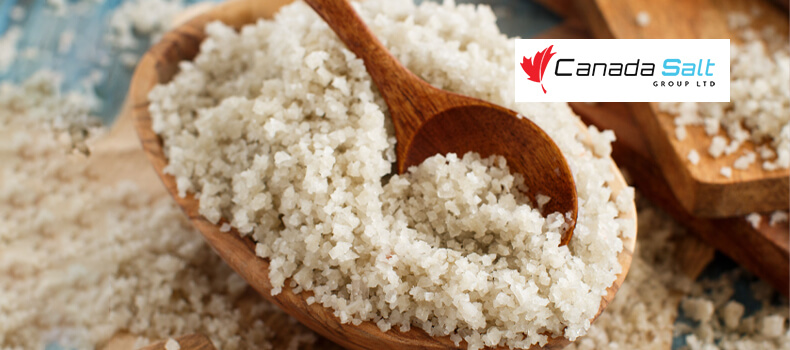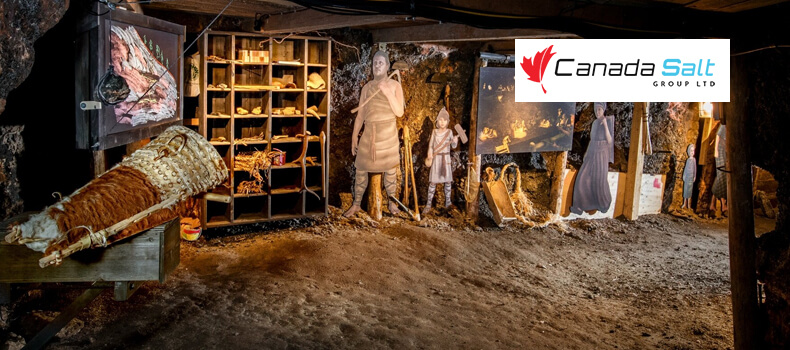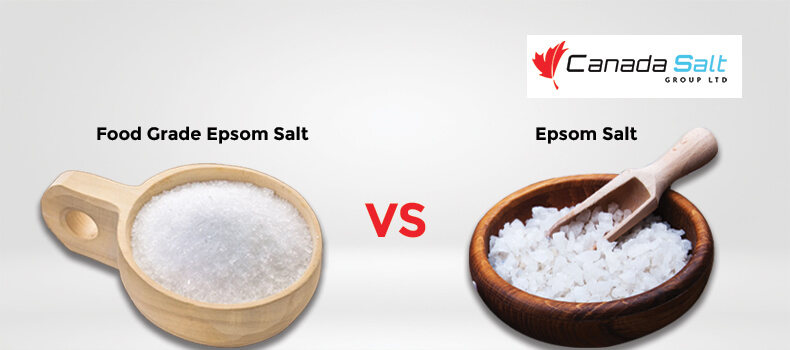Difference Between Water Softeners and Water Conditioners
Water is an important part of our lives and essential for almost every purpose. Still, in many cases, the water will not be clean and consist of contaminants or high amounts of minerals. Even if your city already treats it and comes to our homes, it will be in a different condition than we like. So, people look for treatment systems to make the water more useful and suitable for our daily needs. Here water softening systems and water conditioning systems come into the light. This article will examine the difference between water softeners and water conditioners, their working, and their results.
Water Softeners
Water softeners work on methods like ion exchange or reverse osmosis to remove the dissolved minerals present in water and replace them with sodium ions. It consists of 2 tanks. One has resin beads coated with sodium which is water-softener salt, and the other has a salty brine solution to regenerate the resin. Water softening is a time-tested process for removing hardness in the water. It is effective in producing large amounts of softwater consistently. We should add salt periodically to ensure the system runs smoothly.
Water Conditioners
Water conditioning systems are used to remove substances like chloramines, Chlorides, VOCs, organic gases, and lead, thereby improving the taste and quality of the water. They differ from water softeners and don’t require salt for the system to work. Water conditioner options will be available on how you want your water to be treated. If you are unhappy with chlorine or lead, a water conditioner is a great choice. Suppose you want your water conditioner to offer benefits the same as a water softener. In that case, you can opt for TAC media or a hybrid system combining water softener and water conditioner. Compared to water softeners, water conditioning happens very fast. You need not worry about the flow being affected or wait for conditioned water.
Types Of Water Conditioners
Water conditioners are classified depending on how they manipulate the ions and treatment of water.
- Electrolysis: In this process, positive zinc ions and electrons are released into the water by immersing the metal electrodes. It generally uses a battery for its operation, and it eventually stops working when the zinc anode is completely dissolved. The only drawback is you will know that it stopped working when hardwater causes the damage.
- Magnetism: Magnetism is the process in which a magnetic field is created with the help of magnets. In this process, the minerals in the hardwater are manipulated. But, scientifically, the effectiveness of magnetic water treatment has yet to be confirmed.
- Electromagnetism is similar to magnetism; the only difference is that you can operate it with electricity.
- Electrical Induction: The process of treating hardwater using electric current is electric induction. In this process, sludge forms on the electrode, which needs to be cleaned periodically with fast-flowing water.
- Template-Assisted Crystallization(TAC): This process involves the usage of resin beads to remove the hardness of the water by changing the mineral ions into microscopic crystals. TAC doesn’t require the regeneration of resin beads.
Types of Water Softeners
- Chelation: Another approach is adding a chemical substance as a chelating agent. This chelating chemical binds to magnesium and calcium, preventing them from depositing on surfaces and allowing them to float freely in water. However, the mineral buildup might still happen if they stay without movement.
- Clark’s Process: It is also called Lime softening. The hardness ions precipitate when calcium hydroxide, or limewater, is added to water. This addition raises the water’s alkalinity above 9.6; hence, carbon dioxide must be added to re-carbonate the solution and lower its pH.
- Reverse Osmosis: Reverse Osmosis is commonly called RO. The water is forced through a semi-permeable membrane that removes ions, unwanted molecules, and contaminants in this process.
Conclusion
It’s useful to evaluate the unique qualities of each system and consider how they apply to your life. While deciding between a water softener and a water conditioner, it is important to remember the city, area, and surroundings of your home and the type of water you receive. Both systems are good at lessening the effects of hard water. Still, they also operate differently and should be remembered. If you want a good quality and reliable water softener salt supplier, contact Canada Salt Group Ltd, the largest salt supplier in the United States and Canada.





